50% discount for the first 100 vehicles: Only 10% service fee for one year. Register now!
Motorhome through Sweden for 1 to 3 weeks
, Nov 1, 2023, Reading time: 18 min
Reading time: 18 min
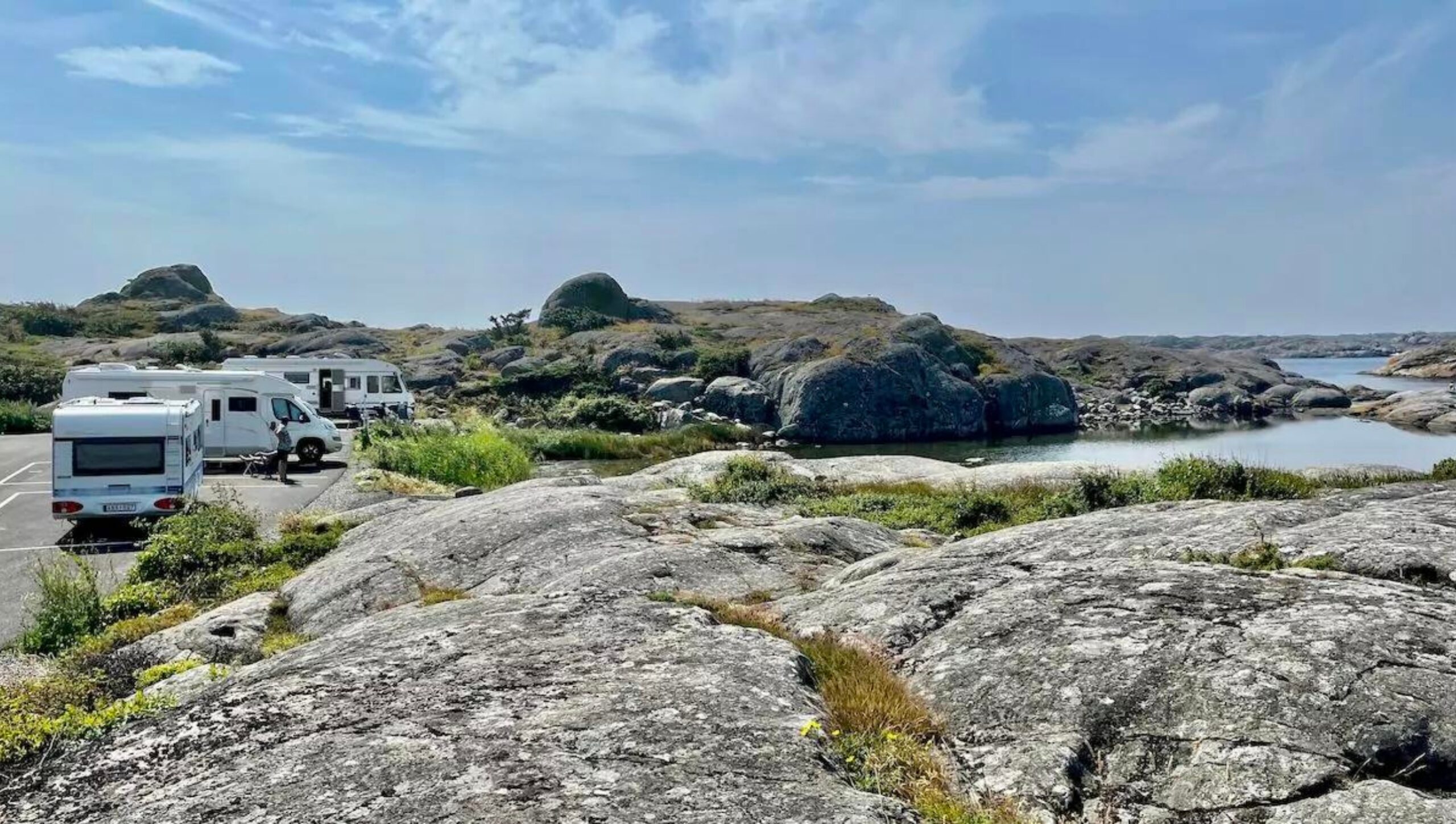
• • •
Sweden offers beautiful coastlines, with everything from sandy beaches to cliffs, and you will also find large forests, popular for hiking. If you travel further north in the country, nature offers a completely different type of environment than the south, with mountain landscapes and waterfalls. As Sweden is about 1,600 kilometers long, this diversity makes sense, right?
If you like culture and history, you will also find plenty of grand and beautiful castles in Sweden, as well as historic forts, free-air museums, and other interesting sights. There are also many nice and interesting cities, whether you like small-town charm or bigger cities with a wider range of culture and restaurants. All in all, during a motorhome trip around Sweden, you have the chance to see and experience the country in a way that suits you.
1. Around Skåne with motorhome for 7 days
Skåne
This seven-day motorhome route takes you through Sweden’s southernmost landscape. The tour starts in the northeastern part of Skåne, which also is known as Scania, and follows the entire coast until you finish in the northwestern part. During the trip, you will have time to see everything from cities and historical sights to beaches and natural areas.

The tour starts in the cozy Åhus, which is located along the “ålakusten” on the east coast of Skåne. Here, you can enjoy ice cream, either in the form of classic Ottoglass or at the charming ice cream boat. In addition, you can learn more about vodka at the Absolut Home visitor center, as Åhus is home to the iconic vodka brand Absolut.
The journey then continues to lovely Österlen, where you can experience nature in Stenshuvud National Park and Kivik, with apple orchards and a museum. You will then arrive at the picturesque small town of Simrishamn, which is often referred to as the capital of Österlen.
One of the major sights on the way to Ystad is Glimmingehus, which dates from the 15th century and is the best-preserved medieval castle in the Nordics. Another major attraction in the area is Ales stenar, which is Sweden’s largest and best-preserved shipwreck. When arriving there, you can really sense the mystery surrounding it. Ystad is also well worth a visit, with charming cobbled streets and well-preserved half-timbered houses. If you have read the books, or seen the films, about police inspector Kurt Wallander, taking a tour in his footsteps is a popular attraction.
As you continue west along the southern coast, you pass Smygehus, which is Sweden’s southernmost headland. Here, you will surely want to take the opportunity to take a photo of yourself, while enjoying the wonderful environment. When you continue, you can make a stop in Trelleborg, where you can, among other things, see the reconstruction of the historic “Trelleborgen”, which is a Viking castle that was located on the site in the 9th century. Even further east, you come to Skanör-Falsterbo, which offers some of Skåne’s most beautiful sandy beaches.
Malmö is the largest city in Skåne, and also the third largest city in Sweden. Here, you can, for example, visit Malmöhus castle, with its exhibitions, or relax at the cozy outdoor seating at Lilla Torg, which is a vivid plaza.
On the way up to Helsingborg, you pass Landskrona, where if you want you can see the mighty Landskrona castle. Helsingborg is also a city that has a lot to offer. For example, you can soak up the view from 35 meters high fort Kärnan, or take an excursion to the beautiful Sofiero castle and castle garden, which offers a beautiful castle environment.
After having experienced Helsingborg, you can take a trip out to Kullahalvön, which is a peninsula where you can experience the Kullaberg nature reserve, which offers, among other things, a whole bunch of exciting caves. At Kullahalvön, there is also the opportunity to visit Swedish vineyards or perhaps the unusual work of art Nimis. The journey can then end on Bjärehalvön, another peninsula at which you can visit the nature reserve of Hovs Hallar, Norrvikens Gardens, and Båstad, which offers tennis, beaches, and restaurants.
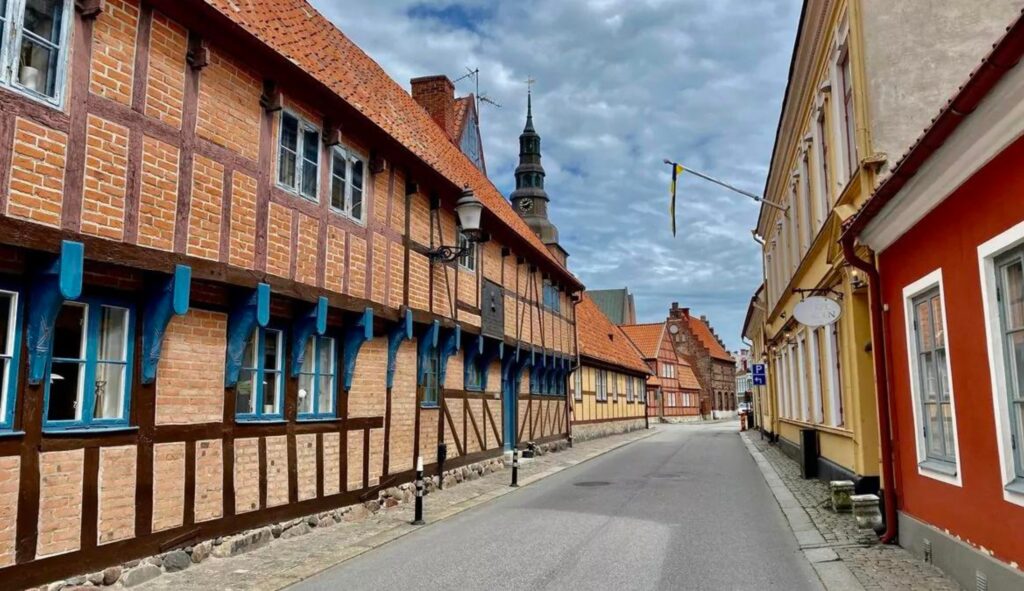
Excursion tips:
Starting from Landskrona, you can take a boat trip to the scenic island of Ven. Here, you can bike, experience nature reserves, and visit the Tycho Brahe Museum, which tells the story of the scientist who once lived and worked on the island.
Overview of the route
1st night: Åhus → 1 h – 65 km
2nd night: Simrishamn → 50 min – 48 km
3rd night: Ystad → 1 h 30 min – 74 km
4th night: Skanör – Falsterbo → 30 min – 30 km
5th night: Malmö → 45 min – 65 km
6th night: Helsingborg → 1 h 40 min – 100 km
7th night: Båstad
Total travel time: 6 h 30 min and 375 km
Best time to travel: June – September
Places to spend the night along the way
- First Camp Åhus – Kristianstad
- Tobisviks Campsite in Simrishamn
- Ystad Camping
- Falsterbo Resort
- Pitches at Lagunen in Malmö
- First Camp Råå Vallar – Helsingborg
- Båstad Camping
Good to know
If you want tips on family-friendly campsites in Sweden, you can visit our extensive article with as much as 16 Swedish family campsites. Do you also need to rent a motorhome or campervan for your road trip in Sweden? You can easily rent your camping vehicle at MyCamper.
2. Vildmarksvägen with motorhome for 7 days
Jämtland and Lapland
Experiencing Vildmarksvägen, which translates into “The wilderness road”, with a motorhome is truly unique. This road is Sweden’s highest paved road, reaching 876 meters above the sea at the Stekenjokk plateau (or “Stekenjokkplatån” in Swedish) between Lapland and Jämtland. The route covers a total distance of 500 kilometers and offers unforgettable views. One of the most appreciated aspects of this road is that it goes straight through the bare mountain (in Swedish called “kalfjället”), which gives you the opportunity to experience both the mountains and the Sami cultural landscape directly from your mobile home.
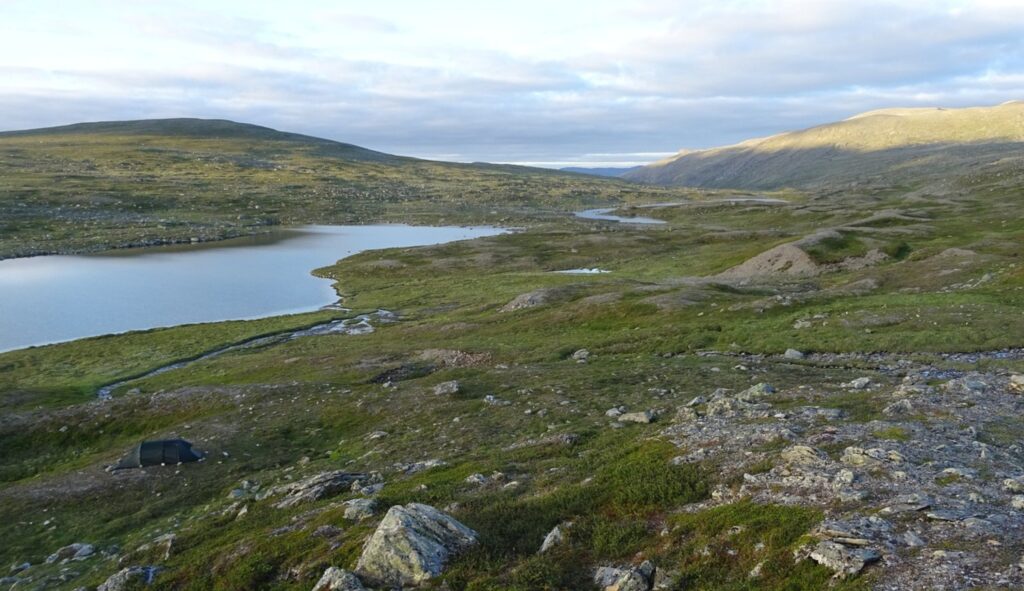
The journey starts in Strömsund in Jämtland, where you can pay a visit to the village’s homestead, which is very nicely located by the water. On the way to Gäddede, you have the opportunity to see the beautiful waterfall Hällingsåsfallet, which has a 40-meter drop and is perhaps the most spectacular waterfall along the entire Vildmarksvägen.
When you continue on, you pass the small village of Jormvattnet, where there is a fishing camp and possible to book a riding tour with Icelandic horses. There is also the opportunity to see another waterfall, Brakkåfallet, which is known, among other things, from the famous Swedish movie Dunderklumpen. Nearby, you can also experience the lake Stora Blåsjön, see the Gaustafallet waterfall, and experience the caves Korallgrottorna. Note, however, that the caves can only be seen together with a guide. Once you arrive at the Stekenjokksplatån, you experience the most famous part of Vildmarksvägen. Here, at 876 meters above sea level, you experience the highest point of the road, meaning incredible views.
Furthermore, the former mining village of Klimpfäll offers great opportunities for hiking, with, for example, Trollstigen and Kullafallet. When you arrive at Fatmokakke, you can see the Sami church town of Fatmomakke, which is the most prominent Sami church town in the whole country.
On the way to Vilhelmina, you pass the beautiful rapids of Trappstegsforsen, which is easily accessible right by the road, a little south of Saxnäs. There is also the opportunity to experience the waterfall Dimforsen and make a detour to Borgafjäll, where there is lovely nature and a restaurant. In Vilhelmina, you can see, a church town from the 19th century along with a seasonal museum and the opportunity to discover Sami crafts.
In Dorotea, you can visit a church with unique sculptures by, among others, Carl Milles, as well as a homestead and caravan museum. When the tour then continues, back towards Strömsund, you can make various stops at everything from waterfalls to nature areas and car museums – whatever you desire.
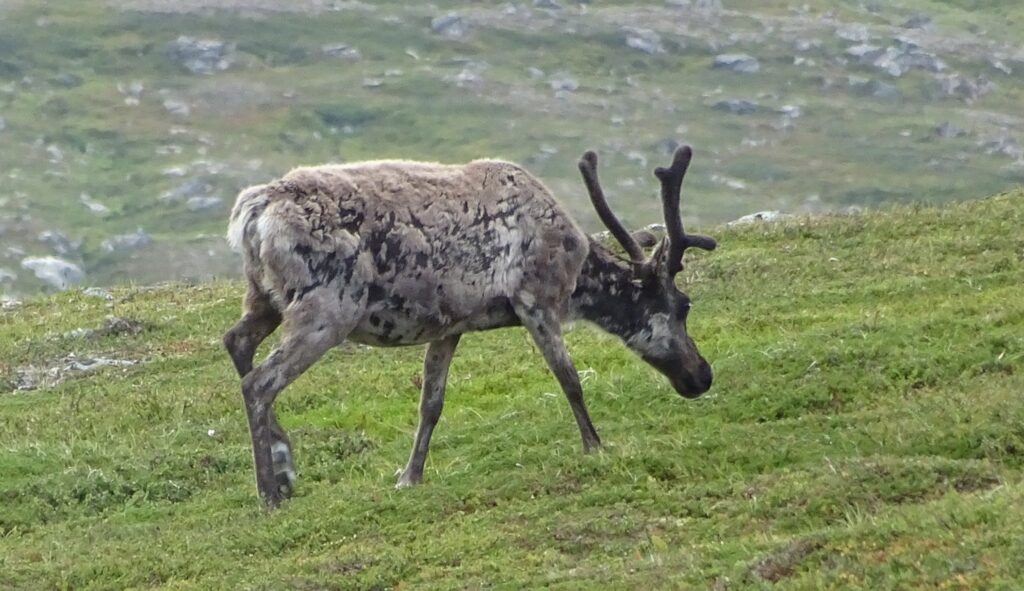
Excursion tips:
If you want to hike during your trip along Vildmarksvägen, there are many different options. For example, you can hike the Bjurälven hiking trail (7.3 km), hike to Mesklumpen’s top (about 4 km) or hike the longer Norgefararleden (40 km).
Overview of the route
1st night: Strömsund → 1 h 40 min – 135 km
2nd night: Gäddede → 1 h 20 min – 85 km
3rd night: Stekenjokk → 45 min – 45 km
4th night: Fatmomakke → 1 h 40 min – 120 km
5th night: Vilhelmina → 40 min – 55 km
6th night: Dorotea → 1 h 50 min – 125 km
7th night: Strömsund
Total travel time: 7 h 30 min and 495 km
Best time to visit: The entire stretch is open from June 6 to October 15
Places to stay overnight along the way
- Pitches at Hmbygdsgården in Strömsund
- Gäddede Camping and Cottages
- Fatmomakke nature camping
- Kolgårdens Stugby and Camping in Vilhelmina
- Doro Camp in Dorotea
Good to know
Are you thinking about wild camping during your trip along Vildmarksvägen? You can read more about wild camping in general, and about wild camping in Sweden, in our article.
3. Göta canal with motorhome for 7 days
Östergötland and Västergötland
This seven-day road trip in Sweden takes you along the Göta Canal, which is one of the largest and most famous sights in Sweden. The canal, which was completed in 1832, is 190.5 kilometers long and runs between Mem in Östergötland and Sjötorp in Västergötland. The canal was founded by Baltzar von Platen and built by a total of 58,000 soldiers. All in all, 87.3 kilometers were dug or blasted, in addition to the natural waterways. In total, the canal has 58 locks, 2 aqueducts, and a level difference of 91.8 meters. In summer, it is extremely popular to follow the canal by boat, and it is just as popular to follow it on land, for example by bicycle or motorhome.
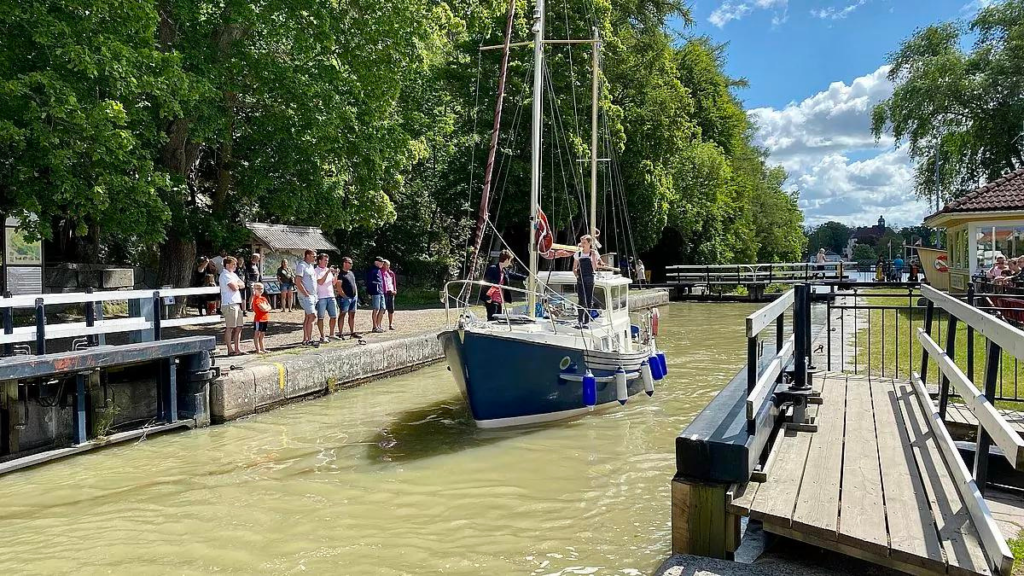
One can choose to follow the canal from east to west, or in the opposite direction, and in this guide, the journey begins at the farthest east. The first lock is in Mem, which is usually described as the Baltic Sea gateway to Göta Canal. This is the exact place where the canal was festively inaugurated in 1832, with, among others, King Karl XIV Johan. In addition to seeing the lock and the meticulous process surrounding it, visit Kanalmagasinet’s café and restaurant. You may also be interested in exploring Stegeborg, where you will find a castle ruin, together with a marina and a harbor tavern.
The motorhome journey then continues to Söderköping, which is a really picturesque little summer town. The canal runs right through the center, and standing here and watching the boats enter the locks is very popular. Söderköping is also known for ice cream, and outside the popular ice cream café Smultronstället, with large and spectacular ice cream dishes (yes, that’s right – dishes, more than a snack), the queues tend to be long. There are also other, smaller ice cream cafes in town.
Now it’s time to drive on towards Bergs Slussar (“the locks of Berg”), which is one of the highlights along the Göta canal. Here, there is an imposing staircase lock that includes no less than 11 locks, with a height difference of 18.9 meters in total. In addition, there are several other interesting sights nearby. Among other things, you can visit Vreta Abbey from the 12th century, and the aqueduct in Ljungsbro, where the boats go on a bridge above the cars.
The journey then continues to the small city of Motala, and on the way, you can stop in the charming village of Borensberg, where you will find several cozy shops. Motala is often described as the capital of the Göta Canal. Here, you will find the second largest staircase lock of the canal, and Baltzar von Platen, the man behind the canal, is buried here. There is also a car museum and the Nordic region’s largest lake beach.
When you travel by motorhome and want to get from Motala to Forsvik, where the canal continues, you have to go around Lake Vättern. Now, if you want, you can take the opportunity to explore the charming town of Askersund or pay a visit to Tiveden National Park. Once in Forsvik, you will find the oldest lock of Göta Canal and Forsvik’s mill, with its long history and interesting industrial museum. Nearby, you can also visit Karlsborg Fortress, which was completed in 1909, but which had already become outdated by the time it was completed.
It is now time to continue to the small town of Töreboda, where you can take the opportunity to go on the smallest regular ferry in Sweden. If you wish, you can stay one night at the beautifully situated Wassbacken café and campsite, before continuing to Hajstorp, where there are two nice double locks.
Before you reach the end of the journey in Sjötorp, you pass the locks in Norrqvarn, which offers a holiday feeling with a restaurant and canal-themed playground. In Sjötorp, it is then time to see the very last locks along the canal, while you may take the opportunity to enjoy ice cream and fresh fish.
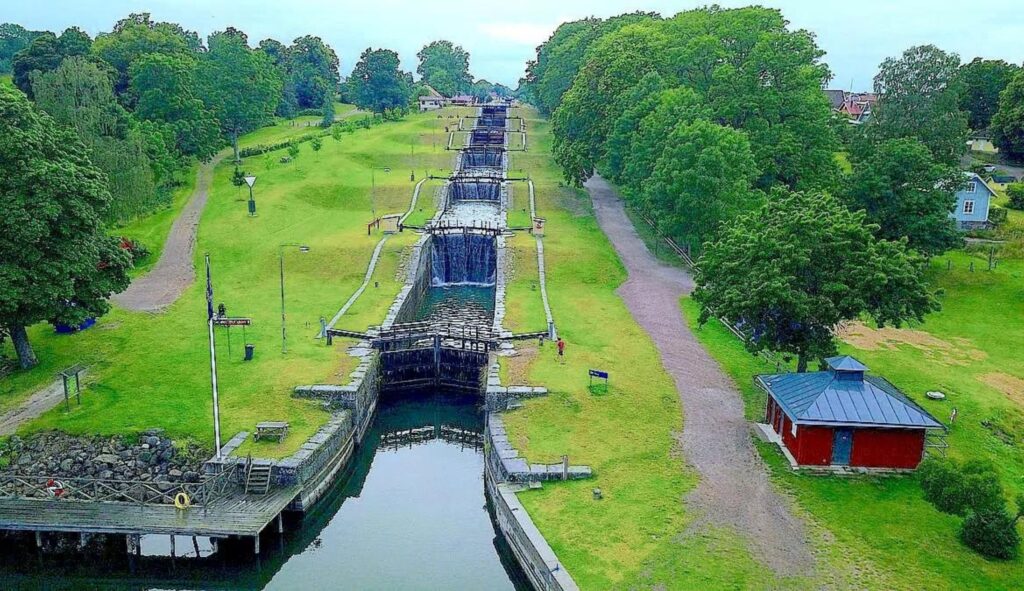
Excursion tips:
When you are in Motala, you can take a detour south to the historic town of Vadstena, where you can visit the Vadstena castle and abbey area. If you like history, you can continue to the Alvastra Abbey and the Rök runestone, with the world’s longest runic inscription.
Overview of the tour
1st night: Stegeborg → 1 h – 35 km
2nd night: Söderköping → 45 min – 56 km
3rd night: Berg’s locks → 30 min – 37 km
4th night: Motala → 1 h – 85 km
5th night: Forsvik → 35 min – 33 km
6th night: Töreboda → 25 min – 20 km
7th night: Sjötorp
Total travel time: 4 h 30 min and 280 km
Best time to travel: June – August
Places to stay overnight along the way:
- Pitches in Stegeborg
- Pitches at Bergs Slussar
- Pitches at Södra Strand in Motala
- Pitches at Forsvik along Göta canal
- Wassbacken Café and Camping
- Pitches at Sjötorp Norra along Göta Canal
Good to know
Following the Göta canal with a motorhome is popular, which is why it can be crowded at campsites and pitches. During high season, it can therefore be good to book in advance or to arrive early in the day.
Rent the perfect camping vehicle for you and start your own camping trip.
Rent a motorhomeRent a campervanRent a caravan4. Road trip through Sweden for 2-3 weeks
Southern Sweden
This 14-day tour, which easily can be extended to a three-week tour, takes you around the entire southern part of Sweden. The tour starts in Skåne, takes you along the beautiful west coast, continues between lakes Vänern and Vättern, lets you experience the capital Stockholm, and then takes you south again along the beautiful east coast. It is possible to make the trip in two weeks, but you must be prepared for a relatively high pace and slightly longer driving distances. Adding one more week gives you more time to discover everything a bit deeper.
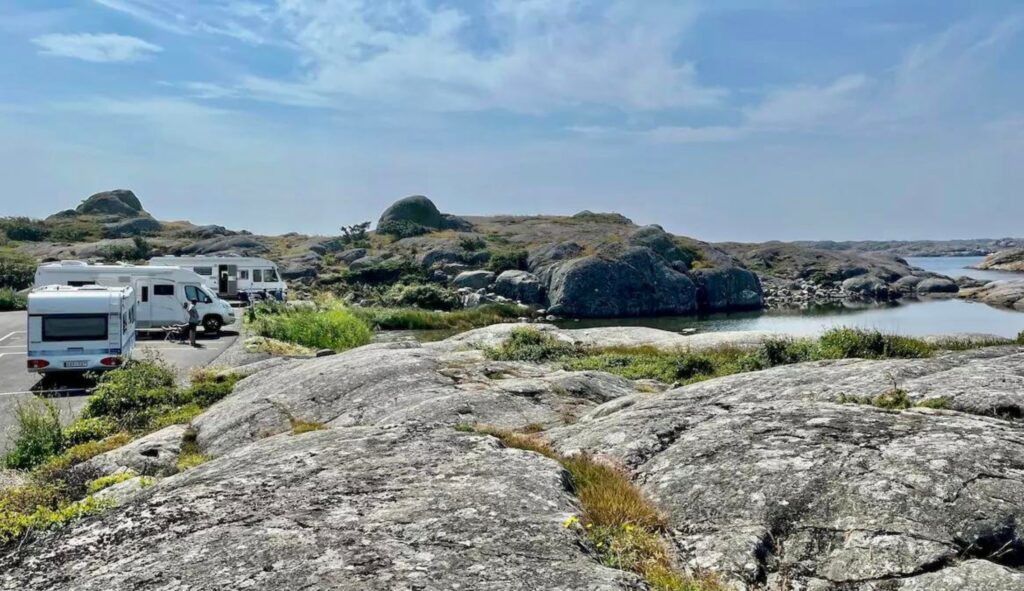
Your journey begins in Malmö in Skåne, which offers a lovely stretch of coast and the opportunity to see the famous Turning Torso building, the highest building in Sweden. You can also visit the historic Malmöhus castle. The tour then continues along the west coast, where you can visit the cozy summer town of Halmstad. Here, you can stroll around town along the river Nissan, or head out to cozy Tylösand to enjoy nice beaches. You can make another stop along the west coast in Varberg, which is another lovely summer town with long sandy beaches. Here, you can also take the opportunity to explore the Varberg fortress.
On the way up to Gothenburg, the second largest city in Sweden, you might take the opportunity to visit Tjolöholm Castle, which is a fairytale-like beautiful castle, built in opulent British style. Once you arrive in Gothenburg, you can discover this lovely west coast city, where you can, for example, stroll through the idyllic Haga or the beautiful botanical garden. Another option is to go out to the charming Öckerö islands, where you will find several pitches for motorhomes in a beautiful coastal environment.
From Gothenburg, the journey continues towards yet another fairytale castle, Läckö Castle, which is reflected in Lake Vänern with its high pinnacles and towers. After that, you can continue to Örebro, where you can explore the magnificent Örebro Castle and visit the charming Wadköping open-air museum, which offers a wonderful journey back in time.
You are now approaching the capital Stockholm, and of course, there is much to see and discover here. For example, you may want to take a walk in Djurgården, with the Vasa Museum, or discover the Stockholm archipelago during a boat trip. Even more tips for those who want to be visiting Stockholm by motorhome can be found here.
After the visit to Stockholm, it is time to head south again, but now along the eastern coast. On the way to the city of Norrköping, you can make a stop in the charming town of Trosa or discover nature in the Stendörren nature reserve, which offers a lovely archipelago environment with bridges between islands. In Norrköping, you can discover the special, and beautiful, industrial landscape.
When going south along the east coast, you can, for example, stay in Västervik, which is a lovely and idyllic little summer town, and also the birthplace of Björn Ulvaeus in Abba. Here, you can also take the opportunity to enjoy the environment at the lovely Västervik Resort. When you drive further south, it is well worth stopping in Kalmar, where you can stroll among charming buildings and discover the impressive Kalmar Castle.
A final stop is worth making in Karlskrona, a military town included in the UNESCO World Heritage List, due to its military history. Here, you may want to visit the Marine Museum, or why not try delicious ice cream at the Glassiären in the middle of town? If the circle is then to be closed, it is time to roll back to Malmö, where this road trip through Sweden by motorhome began.
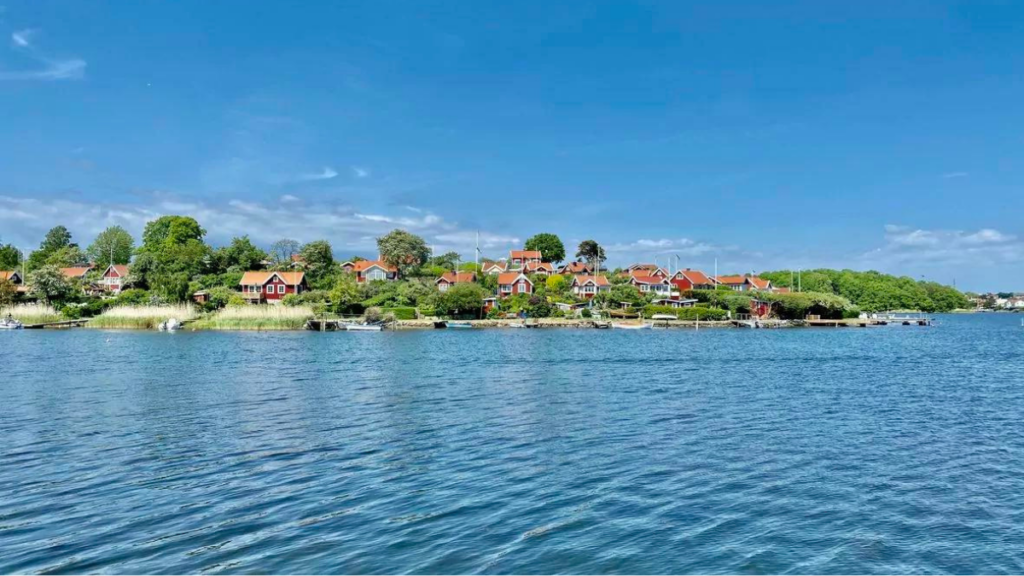
Overview of the route
1st night: Malmö → 1 h 30 min – 140 km
2nd night: Halmstad → 50 min – 70 km
3rd night: Varberg → 1 h – 75 km
4th – 5th night: Gothenburg → 2 h – 150 km
6th night: Läckö castle → 2 h 20 min – 185 km
7th night: Örebro → 3 h – 215 km
8th – 9th night: Stockholm → 2 h – 165 km
10th night: Norrköping → 1 h 30 min – 115 km
11th night: Västervik → 1 h 45 min – 140 km
12th night: Kalmar → 1 h 10 min – 80 km
13th night: Karlskrona → 2 h 10 min – 200 km
14th night: Malmö
Total travel time: 18 hours and 1,500 km
Best time to travel: End of May to end of September
Places to stay overnight along the way:
- Pitches at Lagunen in Malmö
- First Camp Tylösand – Halmstad
- Pitches at Varberg Harbor
- Pitches at Fotö Harbor outside Gothenburg
- Läckö Camping
- Gustavsvik’s campsite in Örebro
- Tantolunden’s campsite in Stockholm
- Pitches in Söderköping
- Västervik Resort
- Pitches in Kalmar
- Pitches at Karlskrona city marina
Good to know
If you want to make your road trip through Sweden as affordable as possible, you can have a look at our page dedicated to discounts on stopover sites for campers in Sweden.
5. A few final words about your trip with motorhome Sweden
Discovering Sweden with a motorhome is wonderful! In this guide, we have presented a number of suggestions for road trips, of which you should find a setup that suits you, regardless of whether you want to be on the road for one or three weeks, or heading south or north. Thus, you can of course adapt these suggestions to your own schedule and rhythm. If you have plenty of time, it can be nice to travel at a slower pace, and have time to experience more in each place.
In addition to the motorhome routes suggested here, there are of course many more places to discover. As we said in the beginning, Sweden is a diverse country with lots of places to discover. Among others, the island of Öland is popular, as well as the archipelago of Bohuslän and the northern parts of Norrland. Why not combine a motorhome trip in Sweden with adventures in Finland or Norway?
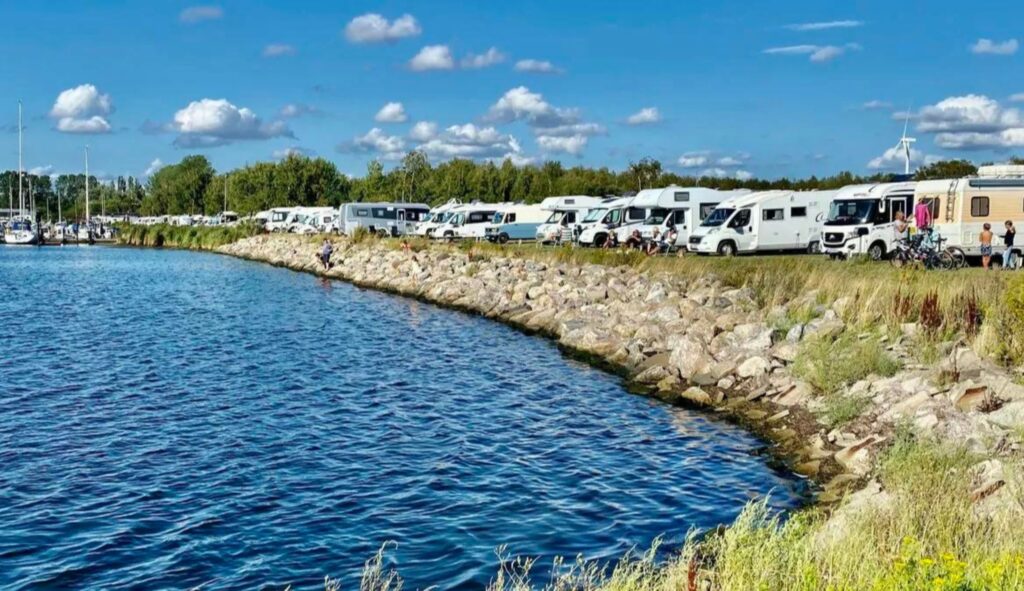
Newest articles
No articles found